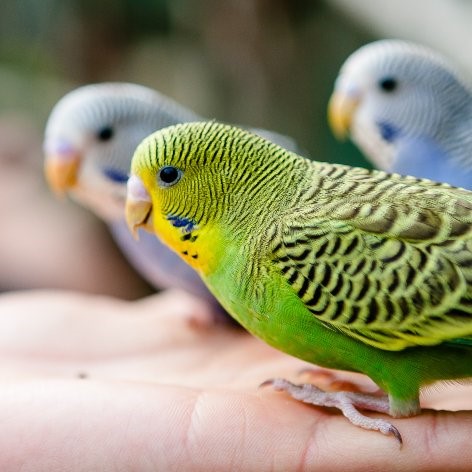Scratching is a normal instinctual behaviour in kittens and adult cats alike. Here we explain the different reasons why cats scratch.
Cats Scratch to Mark their Territory
Cats are highly territorial by nature. In the wild, they rely on their territory for their survival and they mark it to let other animals know the territory is occupied. Domesticated cats consider their home to be their territory and they retain the instinct to mark it. Scratching not only provides a visual marker but also deposits scent from glands in the paw.
Cats scratch to Keep their Claws and Paws Healthy
Scratching is essential to maintain healthy claws. It also helps to stretch muscles and tendons which can help prevent injury during activity.
Cats scratch people and other animals when frightened or annoyed.
When cats scratch people or other animals it’s usually due to a negative association such as fear or pain. Cats and kittens that have not been well socialised to people and other animals are more likely to scratch, and show aggression, due to fear.
It’s best to give these cats lots of elevated spaces to help them feels safe and take your time getting to know them.
Cats may also scratch people during patting. This is their way of saying, “please stop, I’ve had enough”. Sometimes kittens and adult cats scratch during play. This is common in kittens separated from their mother and littermates too early as these cats often don’t learn to retract their claws when playing.
Cat scratches can be dangerous resulting in bacterial infection and can make some people very sick requiring hospitalisation. It’s best to seek medical attention if you’re scratched by a cat.
Why do Cats Scratch Furniture?
Cats can develop preferences for scratching certain surfaces, like leather, sisal or fabric. They often target prominent objects within their territory (your home) including couches, chairs and curtains.
Teaching Cats to Scratch Appropriately
Scratching is a normal and necessary behaviour for cats and you can teach them to scratch on appropriate items by making the behaviour highly rewarding for your cat.
To do this, provide scratch posts of different materials (e.g. sisal, cardboard, carpets etc) in locations where your cat spends a lot of time. Reward your cat with a high value treat immediately, any time you catch your cat scratching in the right place. Repeat as often as possible. Use temporary deterrents, like no-scratch sprays or double sided sticky tape, on items you don’t wait them to scratch.
Over time and with consistency, your cat will show a preference for scratching where you want them to.





